Problem-solving with
a geographic
approach
As we confront the greatest issues of our time, one factor is crucial—geography.
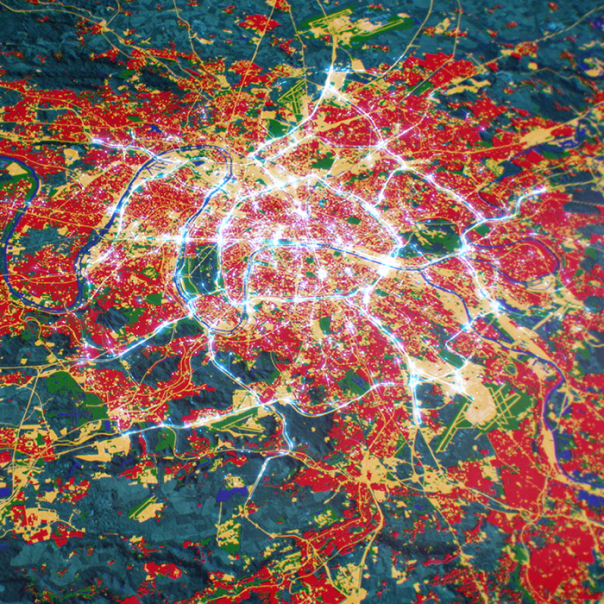
Problem-solving with
a geographic
approach
As we confront the greatest issues of our time, one factor is crucial—geography.
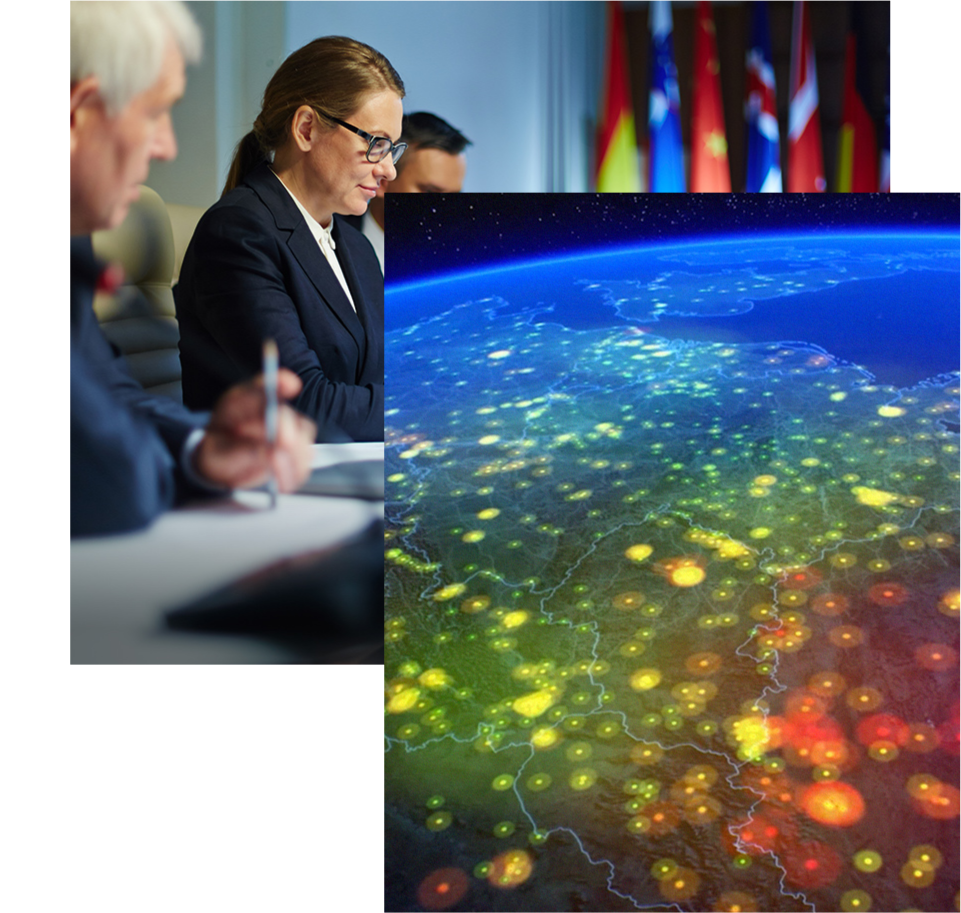
What is the geographic approach?
Our most serious challenges—such as climate change, sustainability, social inequity, and global public health—are inherently spatial. To solve such complex problems, we must first understand their geography.
The geographic approach is a way of thinking and problem-solving that integrates and organizes all relevant information in the crucial context of location. Leaders use this approach to reveal patterns and trends; model scenarios and solutions; and ultimately, make sound, strategic decisions.
A geographic approach provides clarity
Geography is a way of pulling all key information about an issue together, expanding the questions we can ask about a place or a problem and the creative solutions we can bring to bear.
Science based and data driven
A geographic approach relies on science and data
to understand problems and reveal solutions.

Holistic and inclusive
A geographic approach considers how all factors are interconnected, uniting data types by what they have in common—location.
Collaborative
Maps are a powerful foundation for communication and action—a way to create shared understanding, explore alternatives, and find solutions.

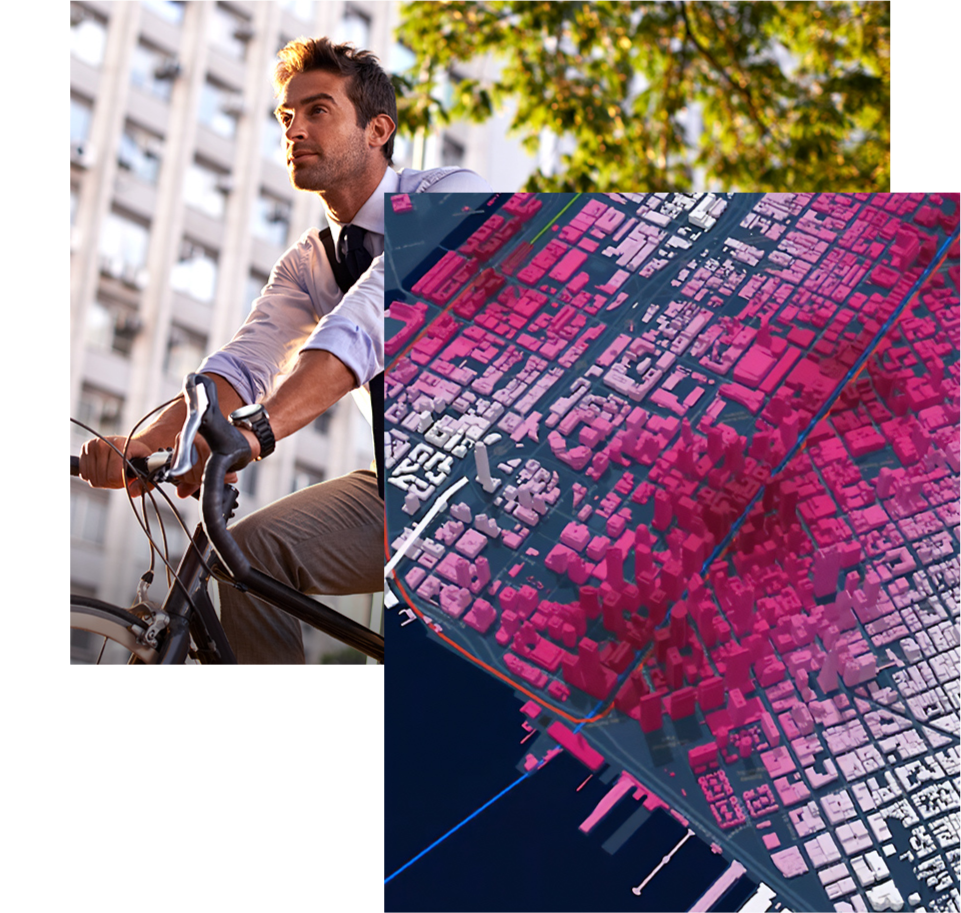
Mapping transforms data into understanding
With so much data having a location component, a geographic approach provides a logical foundation for organizing, analyzing, and applying it. When we visualize and analyze data on a map, hidden relationships and insights emerge.
Geography delivers a dynamic narrative
Maps tell stories about places—what’s happening there now, what has happened, and what will happen next.
Maps are an accessible analytic platform
Maps help us grasp concepts and tap into a visual storytelling language we intuitively understand.
High-resolution imagery comes to life
When viewed on a map, imagery transforms from static snapshots to compelling stories that enhance understanding.
Cutting-edge technology magnifies the power of geography
Geography is being revitalized by a world of sensors and connectivity and made more powerful by modern geographic information system (GIS) software. With today’s sophisticated digital maps, we can apply our best data science and analysis to convert raw data into location intelligence—insights that empower real-time understanding and transform decision- making.
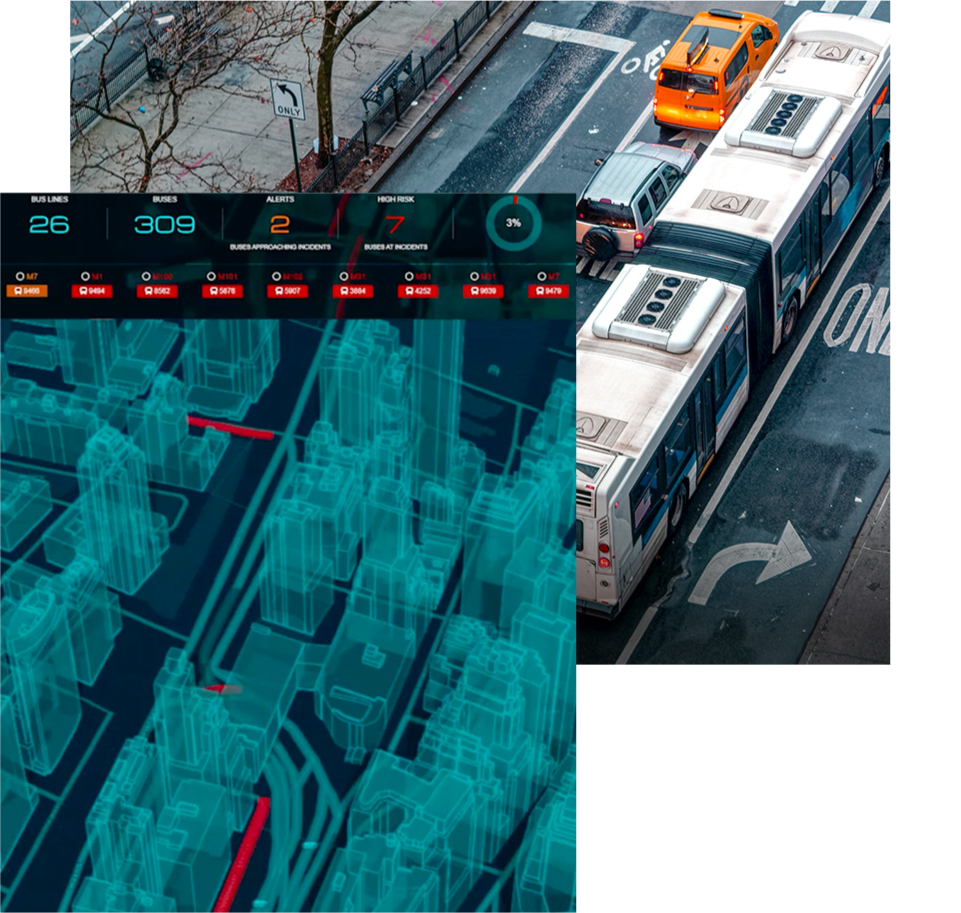
Global challenges require a geographic approach
Sustainability
Infrastructure
Climate Impacts

Sustainability
Leaders use a geographic approach to guide the most successful sustainability projects and actualize resilience.

Infrastructure
A geographic approach to planning, prioritization, and operations helps leaders understand how infrastructure projects relate to surrounding environments.

Climate Impacts
Leaders who need to understand climate change impacts rely on a geographic approach to build actionable climate change solutions.
Location matters more than ever
Geographic knowledge creates essential context. We can’t manage our world without it—whether it’s global supply chain issues, equitable internet access in the US, or energy consumption for a multinational company. As we work together to address today’s challenges, a geographic approach, powered by GIS, will help map the common ground we need to inspire effective action.
What is the geographic approach?
Our most serious challenges—such as climate change, sustainability, social inequity, and global public health—are inherently spatial. To solve such complex problems, we must first understand their geography.
The geographic approach is a way of thinking and problem-solving that integrates and organizes all relevant information in the crucial context of location. Leaders use this approach to reveal patterns and trends; model scenarios and solutions; and ultimately, make sound, strategic decisions.
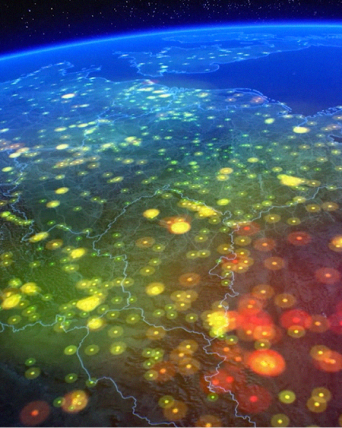
A geographic approach provides clarity
Geography is a way of pulling all key information about an issue together, expanding the questions we can ask about a place or a problem and the creative solutions we can bring to bear.
Science based and data driven
A geographic approach relies on science and data to understand problems and reveal solutions.

Holistic and inclusive
A geographic approach considers how all factors are interconnected, uniting data types by what they have in common—location.
Collaborative
Maps are a powerful foundation for communication and action—a way to create shared understanding, explore alternatives, and find solutions.
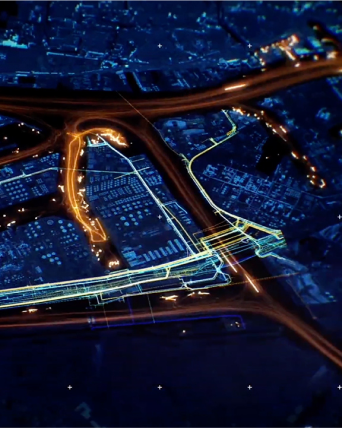
Mapping transforms data into understanding
With so much data having a location component, a geographic approach provides a logical foundation for organizing, analyzing, and applying it. When we visualize and analyze data on a map, hidden relationships and insights emerge.
Geography delivers a dynamic narrative
Maps tell stories about places—what’s happening there now, what has happened, and what will happen next.
Maps are an accessible analytic platform
Maps help us grasp concepts and tap into a visual storytelling language we intuitively understand.
High-resolution imagery comes to life
When viewed on a map, imagery transforms from static snapshots to compelling stories that enhance understanding.
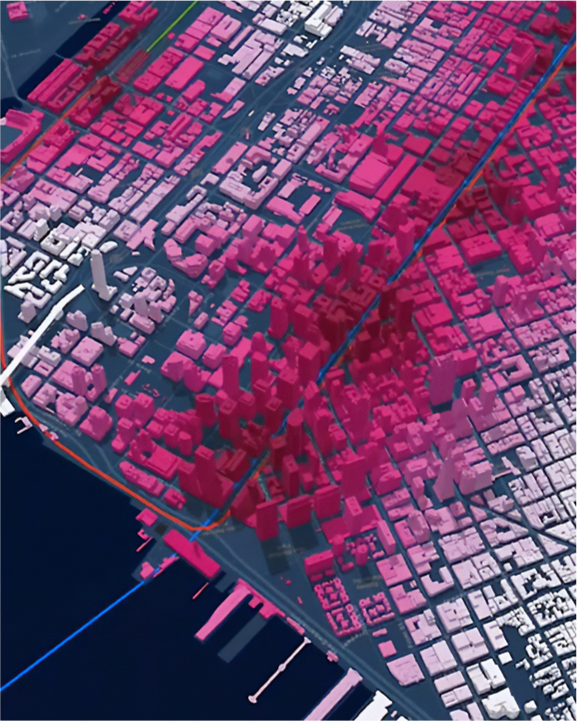
Cutting-edge technology magnifies the power of geography
Geography is being revitalized by a world of sensors and connectivity and made more powerful by modern geographic information system (GIS) software. With today’s sophisticated digital maps, we can apply our best data science and analysis to convert raw data into location intelligence—insights that empower real-time understanding and transform decision- making.
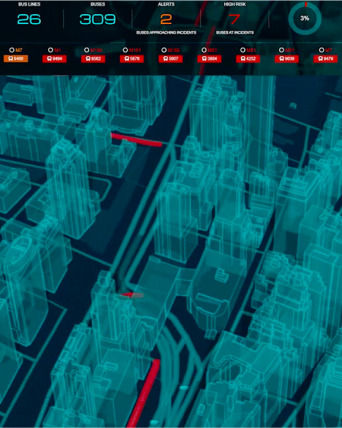
Global challenges require a geographic approach
Sustainability
Infrastructure
Climate Impacts
Sustainability
Leaders use a geographic approach to guide the most successful sustainability projects and actualize resilience.

Infrastructure
A geographic approach to planning, prioritization, and operations helps leaders understand how infrastructure projects relate to surrounding environments.

Climate Impacts
Leaders who need to understand climate change impacts rely on a geographic approach to build actionable climate change solutions.

Location matters more than ever
Geographic knowledge creates essential context. We can’t manage our world without it—whether it’s global supply chain issues, equitable internet access in the US, or energy consumption for a multinational company. As we work together to address today’s challenges, a geographic approach, powered by GIS, will help map the common ground we need to inspire effective action.

